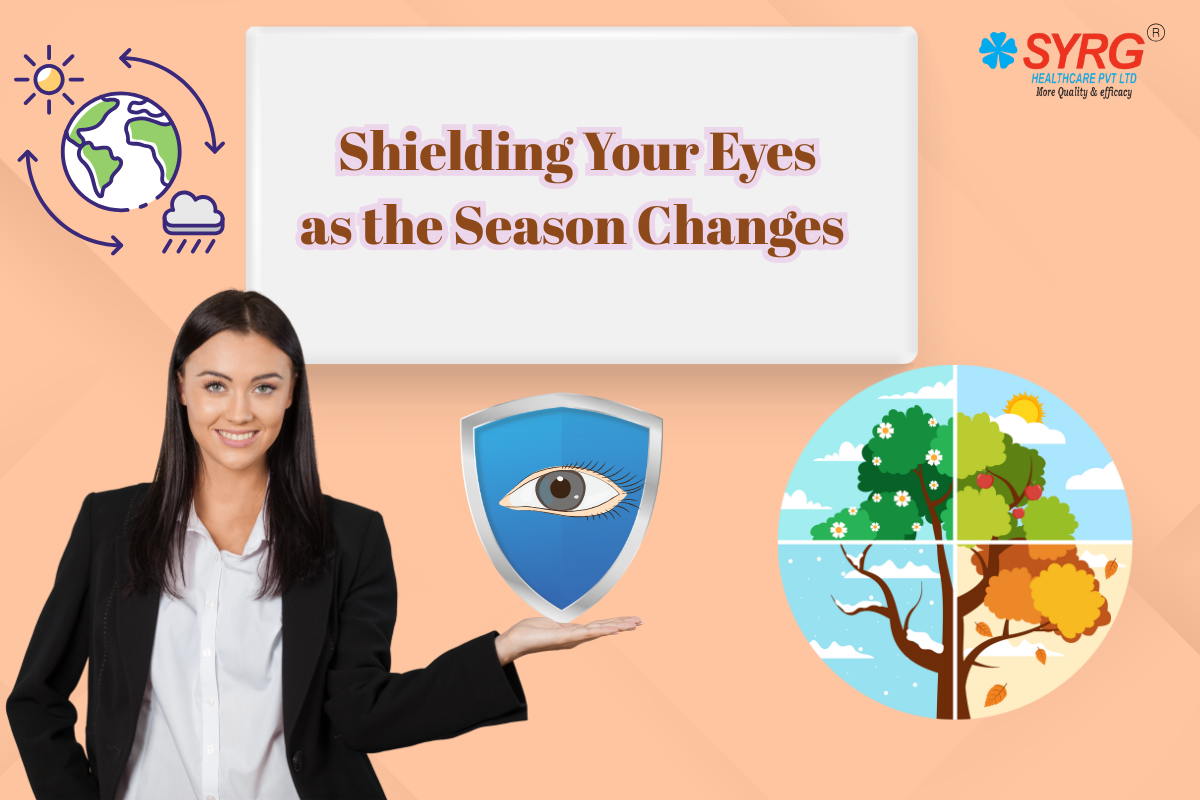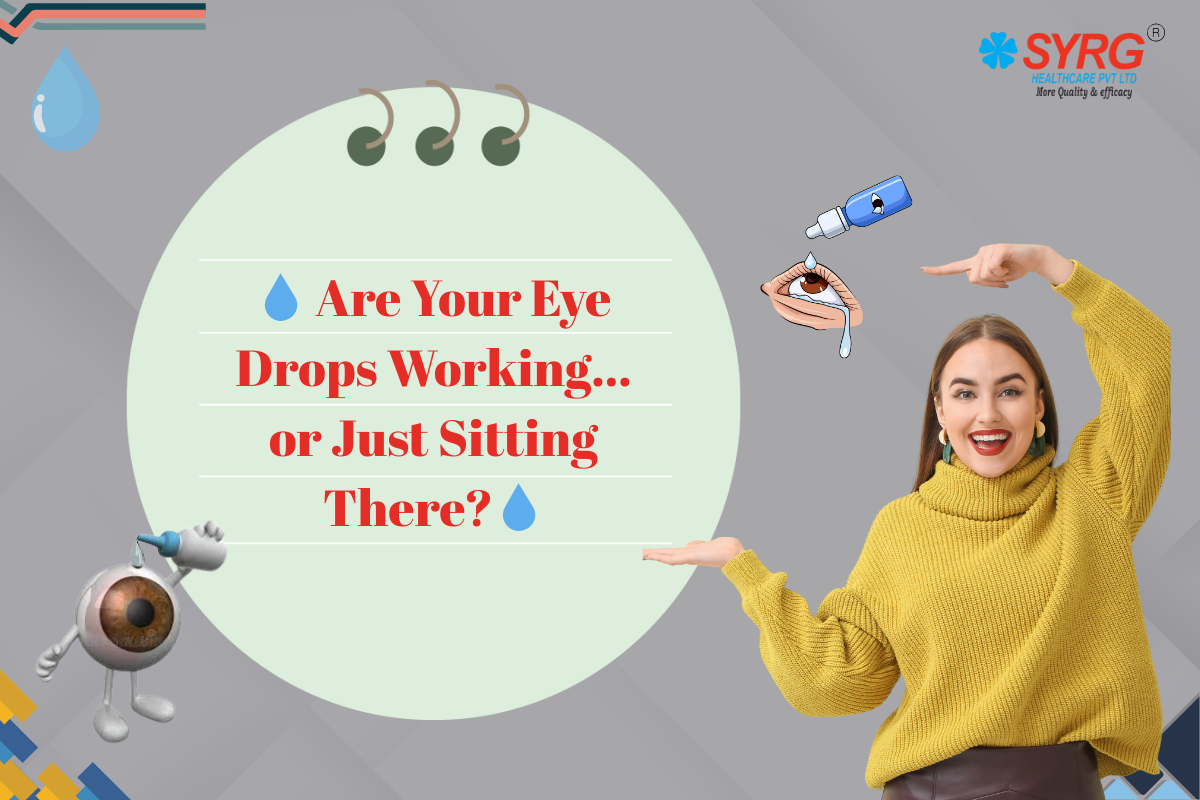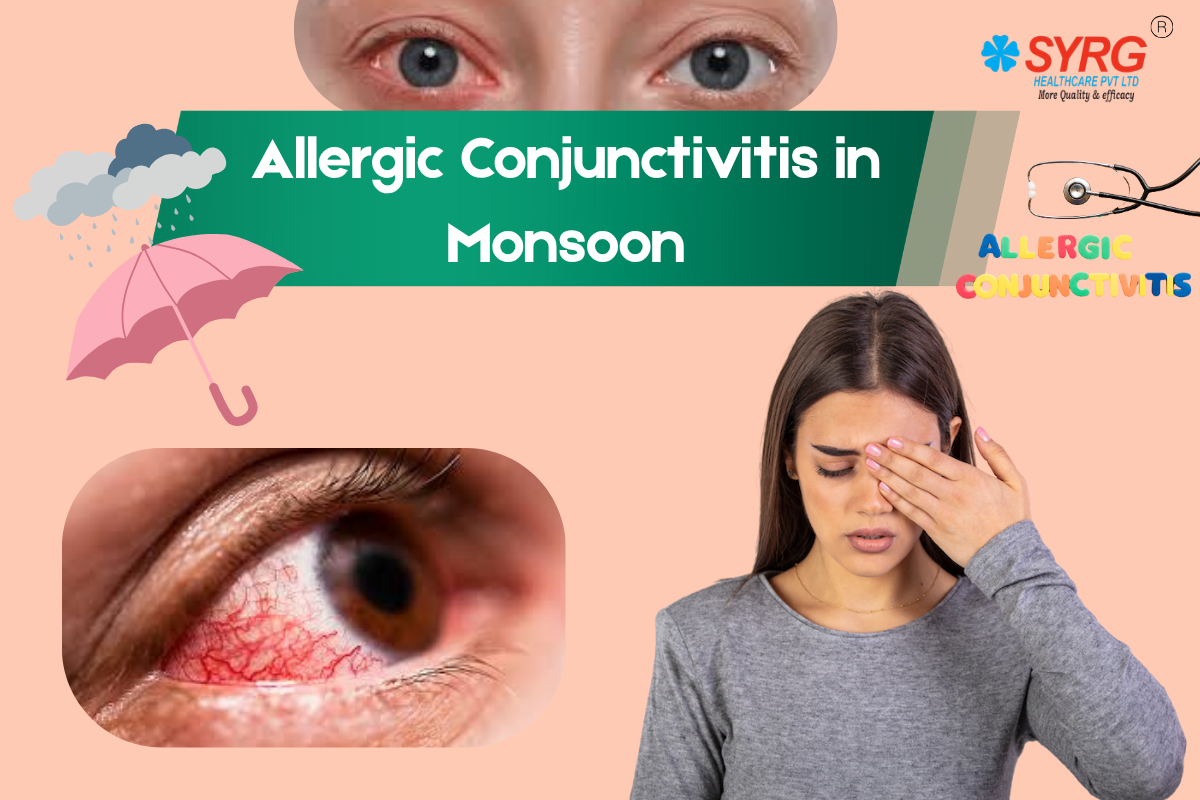Clearing the Fog: Understanding Cataracts and Their Treatment
1. What is Cataract?
.png)
A cataract is a clouding of the natural lens inside your eye, which leads to blurred vision, difficulty seeing at night, sensitivity to light, and faded colors. It develops slowly over time and can affect one or both eyes, although it usually doesn't spread from one eye to the other. Cataracts are one of the leading causes of vision impairment globally but are highly treatable. Aging is the most common cause, but injury or genetic conditions can also trigger it. The clouded lens blocks light from passing clearly to the retina, making everyday activities challenging. Early stages might not show any symptoms, but over time, vision becomes significantly affected.
2. Symptoms
.png)
Cataract symptoms usually begin subtly and gradually worsen over time, making early detection tricky. Common signs include blurry or cloudy vision, difficulty seeing at night, halos around lights, fading or yellowing of colors, and frequent changes in eyeglass or contact lens prescriptions. Some people may experience double vision in one eye or increased sensitivity to sunlight. Reading or recognizing faces becomes challenging without bright lighting. Recognizing these symptoms early can lead to timely diagnosis and effective management.
3. Causes
.png)
While aging is the leading cause of cataracts, other factors such as diabetes, prolonged exposure to ultraviolet (UV) light, smoking, alcohol consumption, eye injuries, and certain medications like steroids can accelerate their formation. Genetic predisposition can also play a role, leading to congenital cataracts in babies. Oxidative stress, where free radicals damage the lens proteins, is considered a biological mechanism for cataract formation. Regular eye exams are vital because causes can vary and sometimes overlap.
4. Risk Factors
.png)
Certain conditions and habits increase the risk of developing cataracts, including aging (especially after age 60), diabetes, excessive sunlight exposure, smoking, obesity, high blood pressure, previous eye surgeries, and long-term use of corticosteroid medications. A poor diet lacking antioxidants also contributes. Women and people with a family history of cataracts are slightly more prone. Regular eye protection and healthy lifestyle choices can help lower risk significantly.
5. Diagnosis
.png)
Cataracts are diagnosed through a comprehensive eye exam, including visual acuity tests, slit-lamp examinations, and retinal exams using special devices to check lens clarity. The doctor may also measure the pressure inside the eye and dilate the pupils to get a better look at the lens and retina. Diagnosis is essential to determine the stage and severity of cataracts and to plan appropriate treatment. Early diagnosis often leads to better visual outcomes.
6. Treatment Options
.png)
In the early stages, vision problems from cataracts can be managed with stronger glasses, magnifying lenses, anti-glare sunglasses, or brighter lighting. However, as cataracts progress and interfere with daily activities, surgery becomes the only effective treatment. Cataract surgery is a safe and commonly performed procedure where the cloudy lens is replaced with a clear artificial one. New techniques like laser-assisted cataract surgery have made recovery faster and outcomes even better.
7. When to Consider Surgery
.png)
You should consider cataract surgery when blurred vision makes it difficult to perform daily activities like reading, driving, or recognizing faces. If corrective measures like glasses are no longer helping, or if cataracts impact safety (like night driving), surgery is often advised. Some people choose surgery earlier for professional or lifestyle reasons, while others wait longer if symptoms are mild. The decision should be made based on individual needs and after consulting an ophthalmologist.
8. Prevention of Cataracts
.png)
While aging cannot be avoided, healthy habits can delay the onset of cataracts. Wearing UV-protective sunglasses, quitting smoking, controlling blood sugar levels if diabetic, eating a nutrient-rich diet (especially foods high in antioxidants like vitamin C and E), and reducing alcohol consumption help maintain lens health. Regular eye check-ups allow early detection and management of risk factors. Protecting your eyes from trauma and reducing exposure to harmful environments also plays a critical preventive role.
Conclusion:
Cataracts are a common yet treatable cause of vision loss, especially as we age. Early detection, understanding the symptoms, and taking preventive measures can greatly improve the chances of maintaining clear vision for life. While surgery remains the only effective treatment for advanced cataracts, adopting a healthy lifestyle, protecting your eyes from UV rays, and scheduling regular eye check-ups can delay their onset and progression. Prioritizing eye health today is an investment in a brighter, clearer tomorrow.
.png)
FAQs:
· Can cataracts cause complete blindness?
→ If untreated, cataracts can lead to significant vision loss, but early detection and treatment can prevent blindness.
· Is cataract contagious?
→ No, cataracts cannot spread from one eye to another or from person to person.
· Are cataract symptoms painful?
→ Cataracts typically cause vision issues but are not painful.
· Do symptoms develop suddenly?
→ No, symptoms usually develop slowly over months or years.
· Can cataracts be inherited?
→ Yes, congenital cataracts can be passed genetically from parents to children.
· Can an injury cause a cataract?
→ Yes, traumatic eye injuries can lead to cataracts later in life.
· Does wearing sunglasses help reduce risk?
→ Yes, sunglasses that block UV rays can significantly lower cataract risk.
· Is age the only risk factor?
→ No, lifestyle, medical conditions, and environment also play key roles.
· Is dilation necessary for cataract diagnosis?
→ Yes, dilated exams help doctors assess the extent of lens clouding.
· How often should one get tested for cataracts?
→ After age 40, eye exams every 1–2 years are recommended, even without symptoms.
· Can medications cure cataracts?
→ No, there are currently no medications to reverse cataracts; only surgery can restore clear vision.
· Is surgery always immediately necessary?
→ No, surgery is recommended only when cataracts significantly affect daily life.





